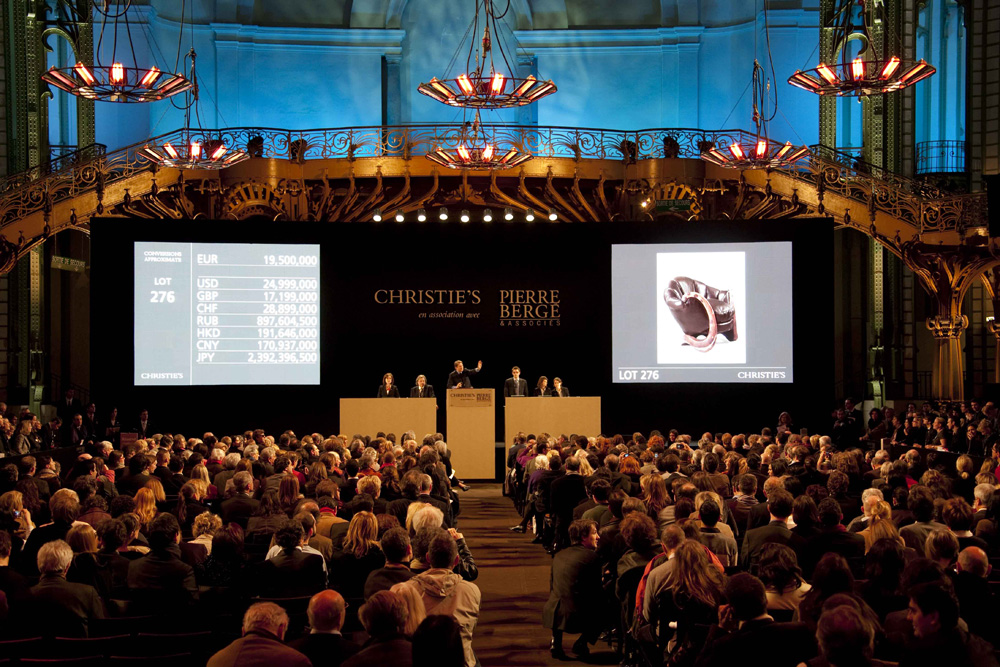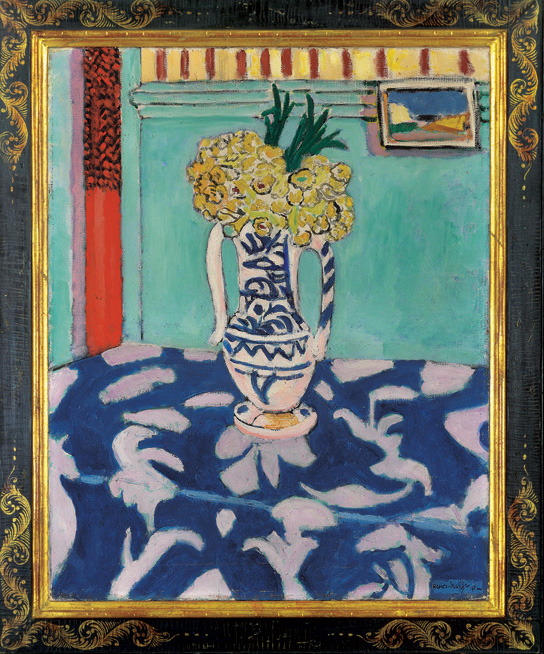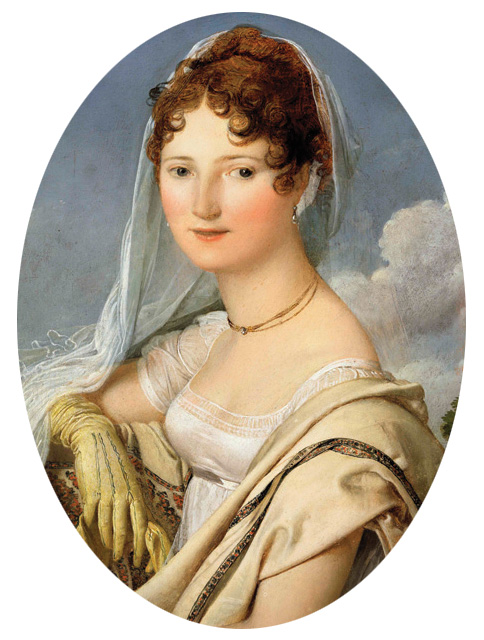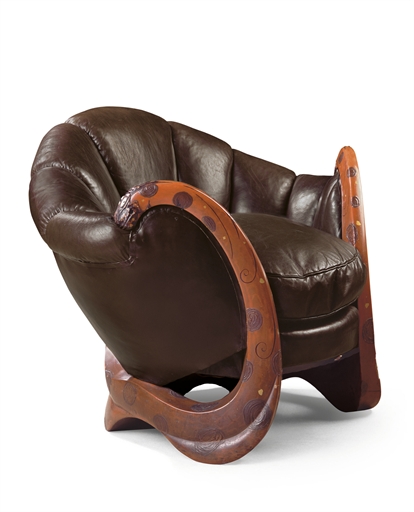
Attending the historic three-day series of sales of the collection of Yves Saint Laurent and Pierre Bergé was always going to be an extraordinary experience. And it was. Imagine queues lasting five hours for the public preview, which saw over 30,000 people waiting to get in. In the rain. Imagine holding a huge sale with an audience of 1500 under the bright green ironwork and soaring glass domes of the Grand Palais. There was, indeed, a sense of being in a parallel universe. Outside, the bleak economic climate. Inside, cold, (we all had to wear scarves) but the outlook was bright.

First, the inaugural impressionist and modern evening sale on Monday night, which kicked off the sale of the century: the top lot was Yves Saint Laurent’s favourite painting, the 1911 Matisse hymn to the joy of life, colour, and pattern, Les couscous, tapis bleu et rose, which reached a spectacular 35.9 million euros against a high estimate of 18 million euros. And the Brancusi! The African tribal-influenced Madame L.R., which had been in Fernand Leger’s collection, reached 29.1 million, against a high estimate of 15 million euros. And so it went on; record after record, high estimate ceilings being smashed almost as a matter of routine.

Yet to me, what was truly interesting about this sale, which now holds the world record for the most valuable private collection ever sold at auction, were the highly successful sales of what might be termed ‘old-fashioned’ taste. The old master and l9th century paintings and drawings sale, for instance, saw records for the sinister double portrait of the Dedreux children by Géricault, the world record for the delicate Ingres Portrait of the Comtesse de La Rue and a record for an Ingres drawing and a David drawing. The sale of silver, miniatures and objets de vertu, too, (surely very old fashioned taste indeed) smashed all records, led by a princely series of silver-gilt Hanoverian cups and other elaborate early German silver from Augsburg and Nuremberg.

And the kunstkammer sale! Early and small scale sculpture and works of art, including cameos and a magnificent series of Limoges and Venetian enamels took six hours to sell and almost all the recherché objects, the province of the gentleman connoisseur went over high estimate. The Asian art, ceramics, furniture, Islamic art and antiquities sale offered two bronze heads of a rat and a rabbit, made for the Emperor Qianlong’s clepsydra at summer palace, each of which fetched an imperial 15.8 million euros, but the European furniture and antiquities also in this sale, especially two Roman marble torsos, one of the Minotaur, also went far over their high estimates.
But it was the 20th century decorative arts sale that offered the biggest shock of all when Eileen Gray’s Dragons chair went for an incredible 21.9 million euros fought over by two bidders – one in the room and one on the telephone.
Chilly economic climate? When asked why hadn’t he waited to sell until the global finances improved, a smiling Pierre Bergé, who will use the 373.9 million euros the sales generated to fund the Pierre Bergé-Yves Saint Laurent Foundation, and a new foundation set up for scientific research and the fight against AIDS, said “the results demonstrate that even in a difficult economic climate, works of art of great quality preserve their power and their value.”
